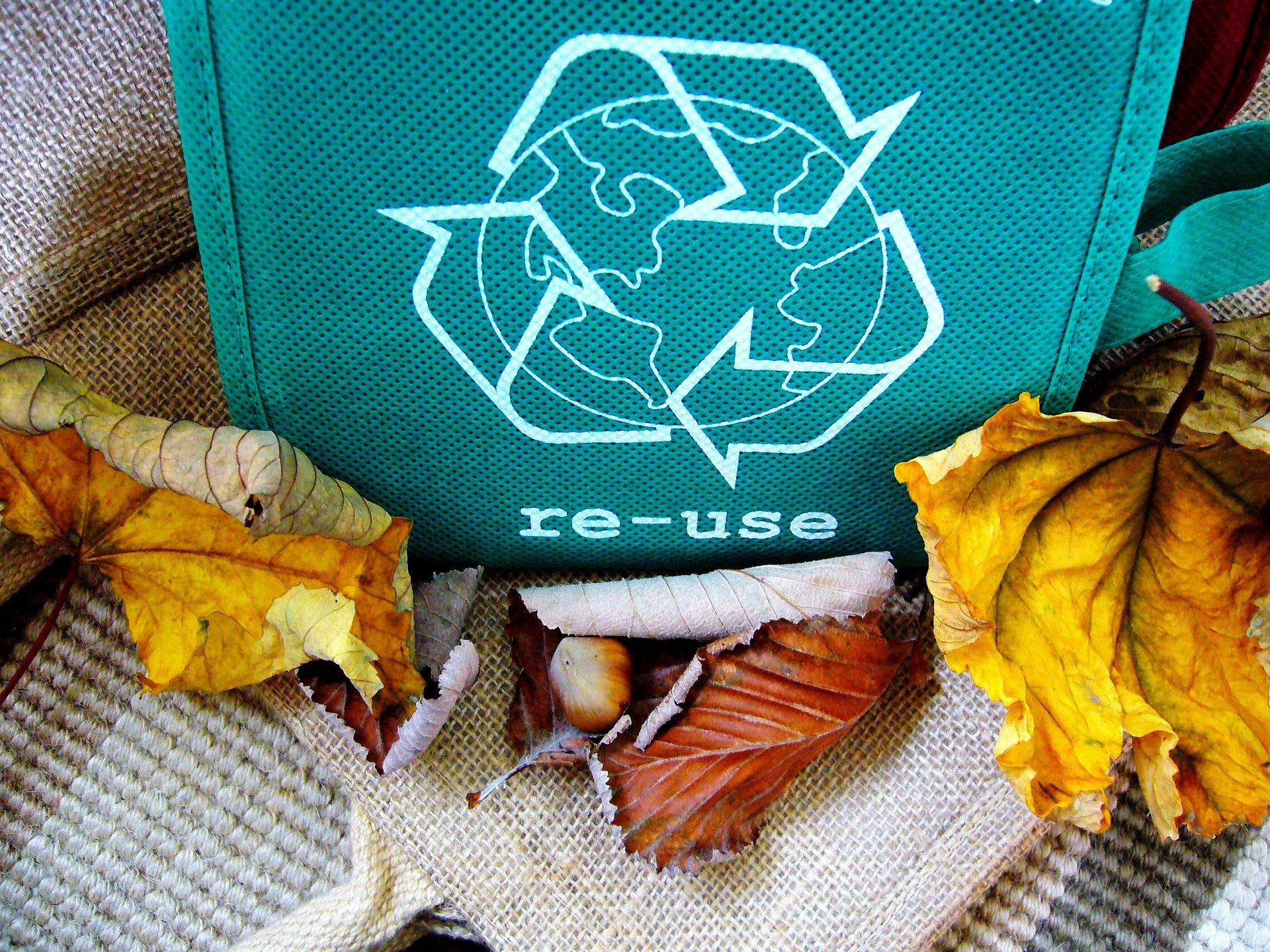When environmental politicians in America published the ‘New Green Deal’ aimed at reducing CO2 emissions, promoting eco-friendly business, and supporting greener initiatives to combat climate change many opposing politicians scoffed at the bill, saying it was too expensive, too restrictive, and unworkable.
As Fact Checker reported in June 2019, “Numerous Republicans have touted a $93 trillion price tag for the resolution. President Donald Trump has rounded that up to $100 trillion.”
Meanwhile, according to Business Insider, the New Green Deal’s leader, Alexandria Ocasio-Cortez, “… claims that her ambitious plan to fight climate change, expand the social safety net, and stimulate the economy would cost at least $10 trillion.”
Other supporters of the deal state that failing to reduce carbon emissions would negatively impact the economy, so investing in greener industry practices would, in the long run, actually save money.
For example, a 2017 study from the journal Science, found that, “… for every 1.8 degree Fahrenheit increase in global mean temperature, the damages would amount to about 1.2 percent of [U.S.] GDP.”
However, as the Fact Checker report concludes, assessing the long-term economic cost of climate change and comparing it against a multi-trillion dollar project to increase high-speed rail links, reduce gas and oil consumption, introduce a carbon tax, limit flying, reduce car use, better insulate homes, and invest in renewable energy is “cost unknown” vs “lacks content”.
Much of the problem lies in the vast expanse of the deal. It is a political resolution to change so many areas of the economy, society, and how people live.
However, a new light has now been shone on the actual cost of carbon neutrality for just one sector of the economy; the chemicals industry, in research that concludes that carbon neutrality is possible, but at a price.

The study was commissioned by the German chemical industry federation (the Verband Der Chemischen Industrie or VCI) and represents Germany’s chemical powerhouse, including industry megaproducers such as BASF and Lanxess, and so is certain to carry some weight among political circles.
As the industry journal Phys.org reports, ultimately the German chemical industry, “… could achieve carbon neutrality by 2050, but at a massive cost in financial and energy terms … reaching net zero output of greenhouse gas carbon dioxide (CO2) by mid-century would cost €45 billion euros.”
However, this would require as yet unknown technology for the up-scaling of some emission free processes.
As Klaus Schäfer, chief technology officer of Covestro AG and chairman of the VCI Committee on Energy, Climate Protection and Raw Materials, outlined when presenting the study, “The required CO2-free processes for the production of basic chemicals are known today in principle, but they need to be further developed and brought to market maturity for large-scale use. Their application is thinkable from the mid-2030s onwards.”

The greatest challenge in reaching the target is the necessary increase in energy production, as the application of new carbon-neutral chemical processes would increase electricity demand eleven-fold, to 628 terawatt-hours per year. To meet this demand, Germany would need to double the amount of electricity it currently generates. All of this energy would need to be from renewable sources and also allow for the German government’s post-Fukashima pledge to switch off its remaining nine nuclear power stations by the year 2022.
Current efforts to reduce emissions have already reduced CO2 output between 1990 and 2017 by 48%. This means that a ‘no-new-action’ scenario would continue current reductions, yielding a 27% fall in CO2 output, using only the €7 billion already committed to the cause.
A further alternative or ‘middle path’, would require a €15 billion investment to cut emissions by 61%.
As Schäfer observes, “… the more ambitious the goals, the faster the cost and power requirements rise.”
Indeed, the main sticking point of converting to a carbon neutral chemical industry is a dependency on sufficient emission-free energy at a competitive price. As Schäfer outlined at the press conference for the study’s publication, “The greater the ambition with which the German chemical industry pursues the goal of greenhouse gas neutrality, the more the associated costs and the electricity requirement will rise. It is the task of politicians to actively accompany new technologies in all phases from development to market launch. Another political task is to keep up the international competitiveness of the chemical industry at the location Germany.”

A competitive carbon neutral chemical industry can only be achieved with low energy prices.
As Schäfer makes clear, “New processes are only economically viable in Germany before 2050 at electricity costs of 4 cents per kilowatt hour. At present, we are still far away from this price. Therefore, politicians will have to take further measures to curb electricity prices for industry, additionally to existing burden easing and carbon leakage rules.”
The current cost of 6 cents per kilowatt hour for heavy industry moves the economic viability of most processes to sometime well beyond 2050. Medium-sized businesses are more likely to pay 8 cent, and domestic users 15 cents.
Certainly, in many areas Germany is leading the way to combat climate change. As one of the world’s richest and most technologically advanced nations, industry leaders and large sectors of society are pushing for ever-greater efforts to reduce mankind’s impact on the atmosphere.
A view supported by the VCI’s director-general Wolfgang Große Entrup, who states that, “The German chemical industry is committed to greenhouse gas neutrality as a societal task. We want to successfully follow this way by 2050. As a German industry, we hope to be the trailblazer for a technological transformation of the chemical industry worldwide.”
Part of this transformation has already begun, with plans and groundwork established for a new platform to draw on expertise from a wide range of different sectors to analyse CO2 emission reductions across the entire value chain from manufacturers to final consumers.
Political will is already evident, following the Sept 2019 announcement that, “German Chancellor Angela Merkel's coalition government plans to commit at least €100 billion on climate protection by 2030.”

But beyond the political grandstanding and pledges from industry leaders, is the required ingredient of teamwork. No one nation or company can by itself make sufficient emission reductions, and no one nation or company can take on the added cost of converting without others following suit.
To achieve such a monumental shift in chemical business practice, that overturns so much of ‘how things are done’ for the past two centuries in just three decades will require a perfect combination of factors.
As Schäfer concludes, “In technological terms, it is conceivable to have a largely climate-neutral chemical production in Germany in 2050. But all the prerequisites must be right. The companies can only drive forward the transformation to zero emissions if they remain competitive in each phase and have large volumes of renewable, low cost electricity at their disposal.”
Encouraging words on the will and feasibility of zero-emission chemical products.
It seems that the Germans have the power to convert their chemical industry to carbon-neutrality, but only if they have the eco-power.
Photo credit: Thelocal, EEA, Statista, Compactappliance, Greentechmedia, Amrita, & Thenation